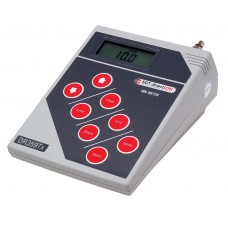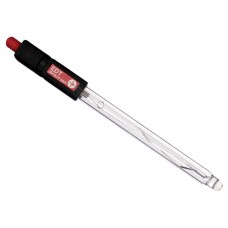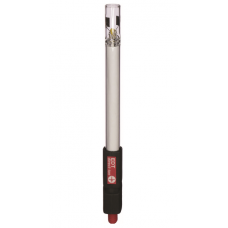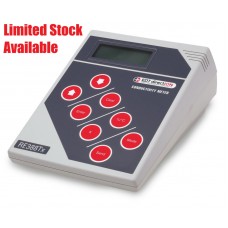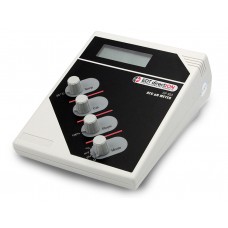Corrosion Of Metal Structures
Product Type: Corrosion Of Metals
Corrosion of Metal Structures in Water
Metal structures in water start corroding the minute they get placed in water. These could range from Galvanised steel pontoon supports in a Marina or Steel wind turbines.
One thing they do have in common is that some measures will have been taken to protect them from corrosion. These measures slow down the Oxidation to a manageable level but cannot entirely prevent the degradation of the structure.
In the two examples above the first is protected by Zinc on the outside of the steel joist. When water contacts the structure Zinc will readily give up electrons (become oxidised) in preference to steel. This way the steel retains its integrity. Without the Zinc the electrons are taken from the Steel which then is oxidised or corroded.
Wind turbines are impressive structures and are coated to protect from the elements. However this is not enough as they are in contact with the sea via steel embedded in the sea bed. To protect the steel the structure is connected to a large Aluminium block which serves as a Cathodic protector. The electrons are preferentially taken from the Aluminium thereby protecting the Turbine.
There are other means of protection such as Impressed Current systems for Large ships and pipelines but they all need to be monitored to ensure the protection is still effective.
Measuring
Connecting the metal structure above the waterline to a meter and then placing a reference electrode into the water will give a millivolt reading which is the potential of the structure. This will be a highly negative number and represents the number of electrons available in the structure. As the structure corrodes this result becomes less negative. It is therefore easy to measure the progress of corrosion.
For example a steel Joist unprotected will start with a reading of -600mv. When it is corroded this will reduce to around -300mV. A Galvanised joist will have a reading of around -900mV and will reduce much more slowly.
For a few hundred pounds it is easy to measure the potential and keep track of the effectiveness of the protective measures
What you need:
Direct Readout Bench Ion Meter & Accessories
The DR359Tx is a straightforward Ion Meter with the ability to measure Ion concentration using up to..
£739.00
Glass Combination pH Electrode
A general purpose, refillable, pH Combination, electrode ideal for use in most laboratory applicatio..
£49.00
Glass Conductivity Cell K=1
The E8071 Glass Conductivity Cell is for general purpose dip applications and is ideal for general l..
£93.00
Glass Conductivity Cell K=1 Mini DIN Connector
The E8074 Glass Conductivity Cell is for general purpose dip applications and is ideal for general l..
£93.00
Research Bench Conductivity Meter & Accessories
The EDT RE388TX Advanced conductivity meter is an advanced, automatic, bench instrument suitable ..
£847.00
General Purpose Bench pH Meter & Accessories
The GP353 General purpose pH meter pH is a high quality durable bench instrument with traditional ro..
£348.00

